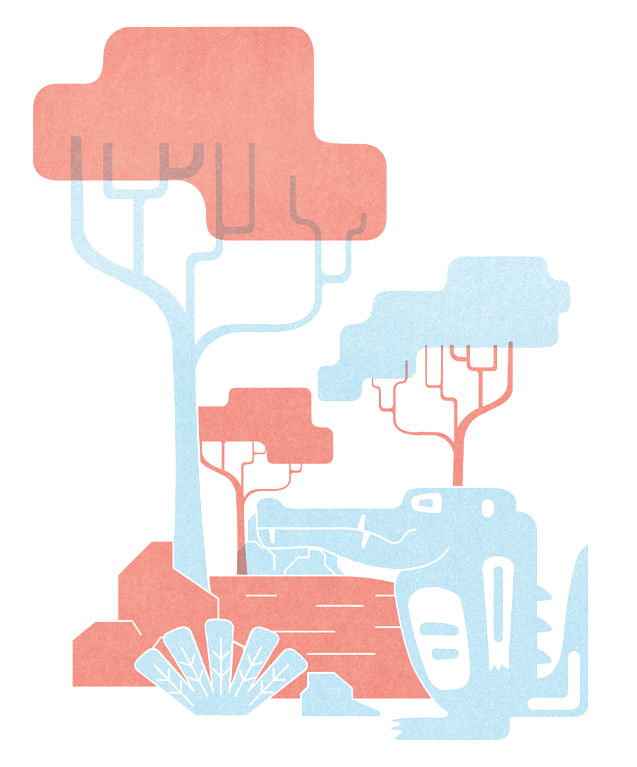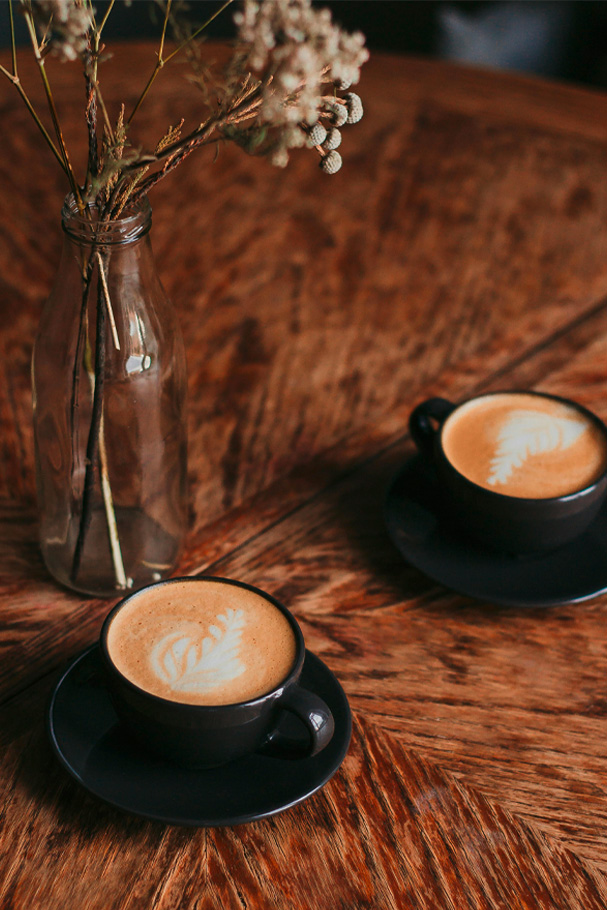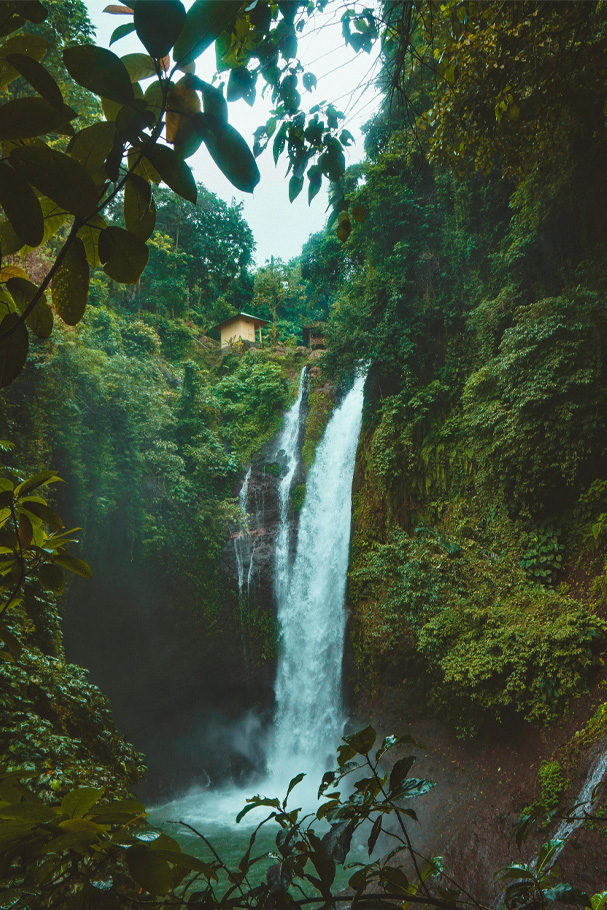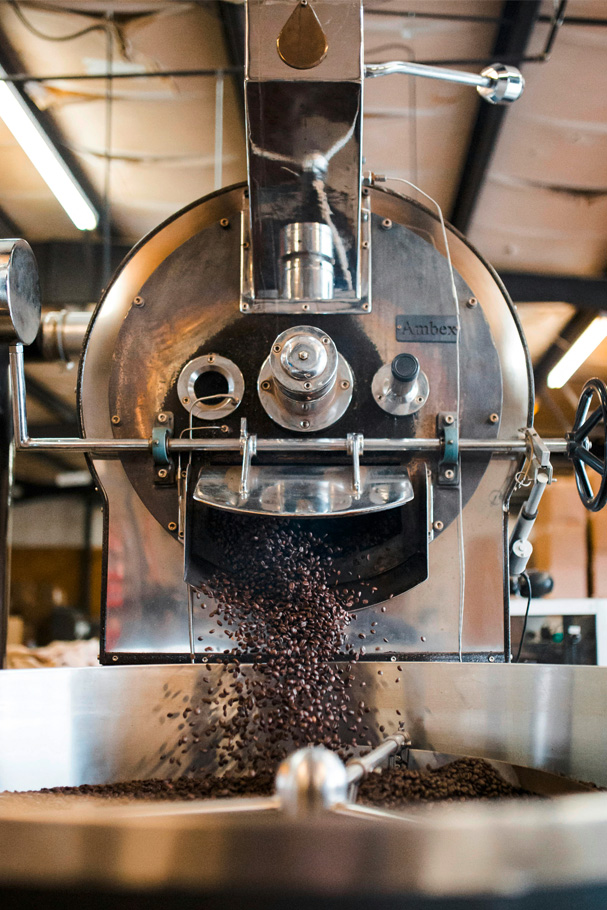
Coffee connects people, cultures and moments. Whether as a daily ritual, a brief indulgence or a conscious time-out – every cup tells a story. Behind every bean are hands, tradition and passion.
At Condor, we bring this origin back into focus – with fair-trade coffee that not only tastes great, but also has a lasting effect.
Immerse yourself in the world of coffee – and discover what’s really in your cup…



Coffee has become an integral part of our everyday lives. Yet we know little about how coffee actually became so natural to us. Many myths surround the origins of coffee. Here at Coffee Circle, we stick to the historical facts – because the story is exciting enough.
It is recognised that the coffee plant originated in Ethiopia. According to legend, the coffee plant was discovered by the shepherd Kaldi, whose goats were jumping around after eating the red coffee cherries. Coffee was first mentioned in the Kaffa region in south-west Ethiopia as early as 900 AD. At that time, the leaves and dried cherries were infused in hot water and then drunk, similar to tea. It was only later, when coffee travelled through the Arab world to the Ottoman Empire and later to Istanbul, that the preparation was more similar to the way it is today. The raw, dry seeds (because, strictly speaking, they are not beans) were roasted, finely ground and boiled several times in water.
The first coffee houses opened in Istanbul in the 16th century. For coffee drinkers in the Ottoman Empire at the time, however, coffee consumption was anything but a ‘coffee party’. Under the ruler Murad IV, coffee was even banned, coffee houses were torn down and coffee drinkers were persecuted and punished. Surprisingly, the Bavarians were not only born with a taste for good beer, we also owe the first coffee traditions to an Augsburg physician who travelled through the Middle East in 1582. Other travellers brought coffee back to Europe as a souvenir. This ‘souvenir’ was particularly popular with us Europeans, so that coffee houses opened in Venice as early as the 17th century, followed by London, Vienna and finally Paris. The first German coffee house opened its doors in Bremen in 1673, followed by Berlin in 1721.

Coffee grows in the high altitudes of the (sub)tropics; more precisely in mountainous countries along the equator such as Ethiopia and Colombia. However, Europe, the United States and, surprisingly, Japan in particular have the most distinctive coffee cultures. Here there is a very differentiated coffee culture. More coffee is now imported to Japan than to Italy or France. Of the producing countries, Brazil and Ethiopia are exceptions. Brazil consumes the second largest amount of coffee after the USA and Ethiopia has the largest domestic consumption of all coffee producing countries in terms of harvest volume. Here, the whole family celebrates the coffee ceremony up to three times a day. Find out more about Ethiopia as a coffee country ‚
In some places, coffee cherries are given as much attention and respect as grapes during the grape harvest.
For a long time, coffee was traded like grain and soya. Now, however, in some places coffee cherries are treated with as much attention and respect as grapes in the wine harvest. We can derive a clear trend from developments in recent years. First there was the wave of mass-market coffees, then the second wave centred around contemporary coffee houses. Today, the countries of origin, the diverse flavours and different cultivation methods are becoming increasingly important for coffee connoisseurs.



Roasting is the centrepiece on the way from the raw bean to the aromatic cup of coffee. Only with the right roast does the coffee develop its full spectrum of flavours – from chocolaty and nutty to fruity and floral.
At Condor, we roast our beans gently in small batches to bring out the natural flavours of each origin. The green coffee is slowly heated at temperatures between 180 and 220 °C. During this process, the bean goes through various phases – it loses moisture, caramelises its sugar content and develops over 800 aromatic substances.
A carefully monitored „first crack“ (the audible bursting of the bean) signals the start of the development of complex flavours. Depending on the degree of roasting – light, medium or dark – different flavour profiles are created that adapt to the character of the bean and its subsequent use, e.g. filter coffee or espresso.
Our philosophy:
Less mass production, more finesse. We treat every bean with respect – for a taste experience that not only impresses, but also honours its origin and quality.
